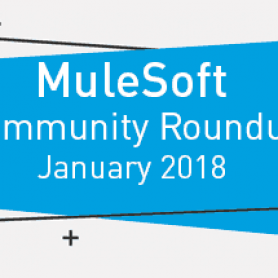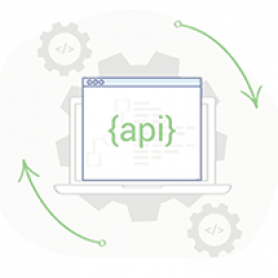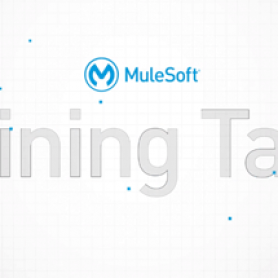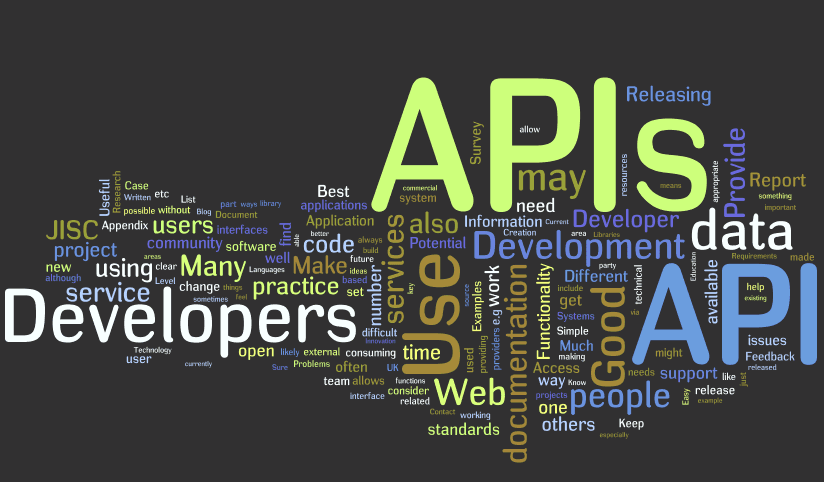Latest posts
How to build SCIM user provisioning
User management and provisioning have always been tedious and time-consuming tasks for IT professionals. If you’ve seen any of my blog posts before, you’ll... read more.
Meet the top MuleSoft community contributors (Jan ’18)
We are lucky to have some great contributors in the MuleSoft community. And we’d like to highlight the things they do to make our... read more.
What are microservices?
Microservices – one of the most popular tech buzzwords – are gaining traction in enterprises of all sizes. Major companies, from Spotify to Netflix, have... read more.
Managing software complexity through intent-based programming
Software is losing its magic. We simply demand too much from the current approaches. As a result, software developers are losing the battle with... read more.
How to make your website faster than 97% of other sites
Recently, the RAML team decided it was time for an updated server infrastructure. The original site used a web-based Content Management System (CMS) that... read more.
Your next integration project should be an API project
During my time at MuleSoft, I’ve had a lot of conversations with people from other companies about their specific challenges and one recurring theme... read more.
APIs versus web services
What is the difference between web APIs and web services? Let’s start off with an analogy: all tigers are cats but not all cats are... read more.
How to fit an API fragment into a RAML API specification
It has been a year since we kicked off Training Talks, a blog series that focuses on insightful, how-to videos that address common MuleSoft... read more.
The Mule vs the hound: Kerberos support in MuleSoft
One of the more challenging aspects of integration work is dealing with various security protocols. This holds true both as a consumer of a... read more.
Three common API design mistakes and how to overcome them
Jason Harmon, head of APIs at engaging forms tool Typeform, and namesake of the JSON schema, gave a fantastic proactive talk at a recent APIdays conference about “the... read more.



















